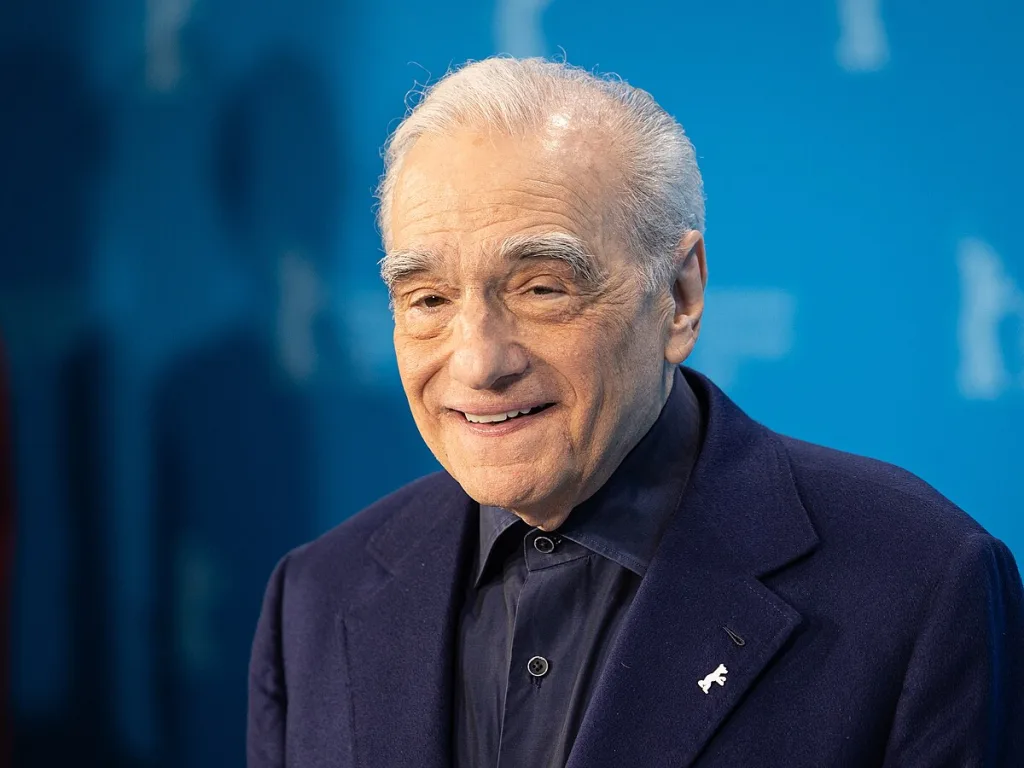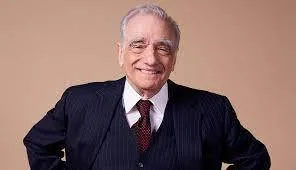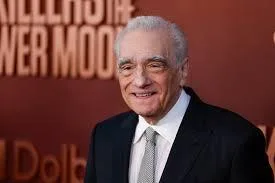In a bold departure from his signature gangster epics, Martin Scorsese ventures into sacred territory with his latest project, “Martin Scorsese Presents: The Saints.” This Fox Nation docudrama series represents the culmination of a decades-long dream to explore the human essence behind Catholic saints, marking a profound evolution in the legendary director’s storytelling journey.
Table of Contents
As “Martin Scorsese Presents: The Saints” prepares to debut, it promises to offer more than just religious biography. It represents a master filmmaker’s meditation on faith, humanity, and the eternal search for meaning – themes that have quietly undergirded his entire career. Through these ancient stories, Scorsese invites viewers to contemplate their own spiritual journeys in an increasingly complex world.

Martin Scorsese: A Series Born from Personal Faith
Growing up in 1950s New York City, young Scorsese found solace in the quiet corners of St. Patrick’s Cathedral. This early connection to faith has now blossomed into an eight-part series that brings to life the stories of both celebrated and lesser-known saints. “I was always fascinated by the idea of a saint and what a saint could be,” Scorsese reflects, his words carrying the weight of lifelong contemplation.
The Human Face of Holiness
The series, premiering in two parts, introduces viewers to an diverse array of sacred figures. From the warrior-saint Joan of Arc to Maximilian Kolbe, who sacrificed his life at Auschwitz to save another, each episode strips away the mythological veneer to reveal the deeply human struggles beneath. The second part, arriving in April, will feature luminaries like Francis of Assisi and Mary Magdalene.
A Collaborative Vision
Behind this ambitious project stands a unique creative partnership. Matti Leshem of New Mandate Films, known for storytelling rooted in Jewish tradition, created the series. Scorsese serves as executive producer, while longtime collaborator Kent Jones crafted scripts informed by deep theological discussions with the director.

Beyond Traditional Faith-Based Entertainment
Scorsese’s approach transcends conventional religious programming. “The whole point is that it’s human,” he emphasizes, challenging the notion of saints as superhuman beings. Instead, he explores their struggles, doubts, and triumphs as reflections of our own spiritual journeys.
A Mature Perspective on Faith
At this stage in his life, Scorsese’s relationship with Catholicism has evolved into a nuanced dialogue. “At times I’m a practicing Catholic,” he admits, preferring engagement with open-minded clerics who explore faith’s deeper dimensions rather than rigid doctrine. This mature perspective infuses the series with authenticity and relevance.
The Timing of Divine Stories
Why now? Scorsese explains that both he and Hollywood needed to evolve. “The world had changed,” he reflects, noting how his own spiritual journey has deepened since first conceiving the project after “Raging Bull” in 1980. This timing allows for a more profound exploration of faith’s eternal questions.
Read More: JioStar: A New Era in Indian Entertainment as Media Giants Unite
FAQs
Q1: How does this series differ from traditional religious programming?
Unlike conventional faith-based content, Scorsese’s series emphasizes the human struggles and doubts of saints rather than just their miracles. It explores their lives as real people facing extraordinary circumstances, making their stories relevant to modern audiences regardless of their religious beliefs.
Q2: What inspired Scorsese to create this series about saints?
The project stems from Scorsese’s lifelong fascination with saints, rooted in his Catholic upbringing in New York. However, he waited decades to create it, feeling he needed both personal spiritual maturity and the right cultural moment to explore these stories with proper depth and nuance.








